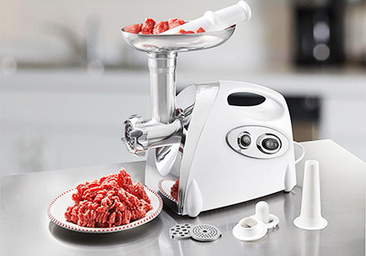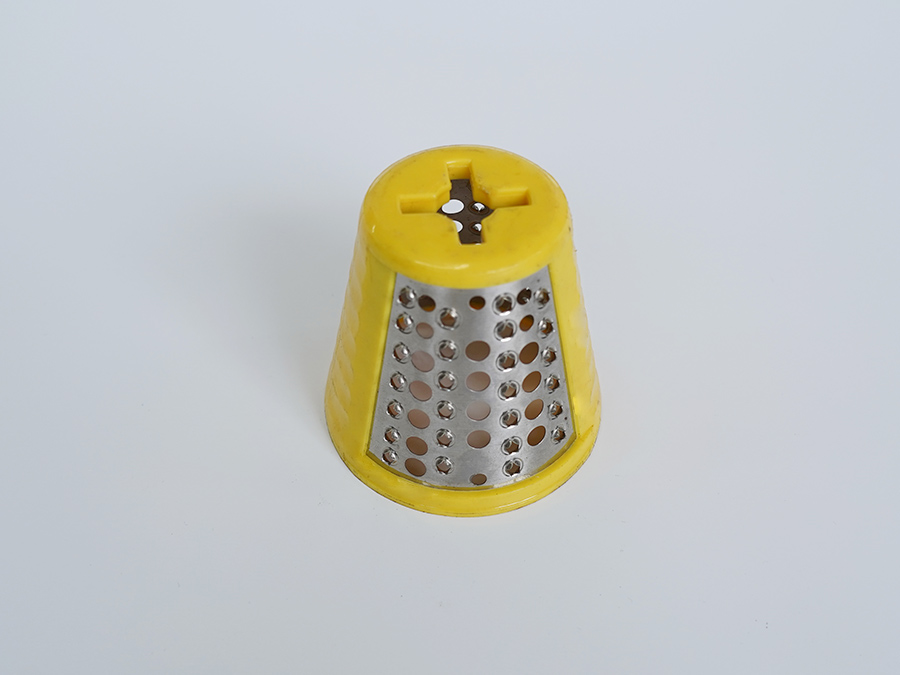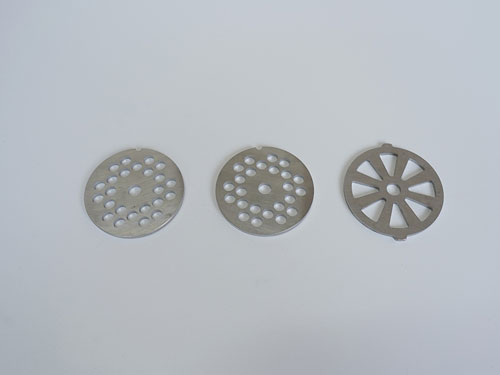
 Home > News
> News Information
Home > News
> News Information
1、 Selection of raw materials and feeding methods
The materials used in stamping production are mostly various specifications of sheet metal, strip metal, strip metal, and block metal.
Sheet metal is a widely used material in stamping mold production, suitable for mass production. The size complies with national standards, and the use of standard sheet materials may increase the surplus material and reduce material utilization. However, if a reasonable layout is adopted, this defect can be compensated for. In mass production, the specifications and dimensions can be determined through the best layout plan according to the process requirements, and special orders can be placed with steel mills. This can improve the utilization rate of materials, but the price is slightly higher than the standard specifications. In production, it is also necessary to cut the sheet metal into various strips or blocks according to the required dimensions of the process, and then proceed with stamping.
Roll material is used for large-scale production. The width of the strip material is generally below 300 millimeters, and there are different width sizes depending on the material. The length can reach several meters to tens of meters, and some thin materials can reach several hundred meters. When using coil materials, an automatic feeding mechanism is usually installed.
Block material is suitable for single piece, small batch, high-value non-ferrous metal stamping.
Strip material is cut from sheet metal according to the needs of stamped parts. Used for stamping medium and small parts.
The feeding methods for raw materials include manual feeding, automated feeding, and semi-automatic feeding. Taking into account factors such as production efficiency, production costs, ease of operation, and safety, choose the appropriate feeding method.
Usually, manual feeding has high labor intensity and low production efficiency, but it is cost-effective and suitable for small-scale production. Automatic or semi-automatic feeding is commonly used for large and medium batch production, as well as multi station continuous mold production. When there is an automatic or semi-automatic feeding device (equipment), even for small batch production, using automatic or semi-automatic feeding can not only improve production efficiency and reduce labor intensity, but also benefit safety production.
2、 Selection of mold type
When selecting the type of mold, it is necessary to comprehensively consider the shape, size, and accuracy requirements of the stamped parts, stamping process plan, production batch size, performance of the stamping equipment used, loading and unloading methods, convenient and safe operation, mold manufacturing and maintenance capabilities, production preparation cycle, and stamping processing costs. After comprehensive analysis and comparison, a final decision is made.
In small-scale or trial production, simple molds, combination molds, or single process molds are usually used; When producing in medium to large quantities, single process molds, composite molds, and continuous molds are used; In large-scale production, hard alloy composite molds and multi station automatic continuous molds are used.
Single process molds are easy to manufacture and debug, and sometimes the manufacturing cost of several pairs of single process molds may be lower than that of "secondary composite molds (or continuous molds)". When the size of the parts is large, single process molds should be given priority consideration. Using multiple single process molds on a multi station press can not only achieve the same productivity as continuous molds, but also change the stamping direction of the blank at any time during the stamping process.
Composite molds can double productivity. However, the number of composite processes in composite molds is generally less than four, and having more processes can make the mold structure too complex. The strength, stiffness, and reliability of the mold will also decrease, making manufacturing and maintenance more difficult.
Continuous molds can include multiple processes such as punching, bending, deep drawing, and forming. Convenient for picking up and cleaning waste, easy to achieve mechanization and automation, and can use high-speed presses. However, when using continuous die stamping, if punching or local forming processes are arranged on the side walls of the workpiece, the die structure will become complex.
Whether to use single process molds, composite molds, or continuous molds depends mainly on the size of the parts, manufacturing tolerances, and production batches.
3、 Selection of Press Machine
The correct selection and rational use of stamping equipment will determine whether stamping production can proceed smoothly, which is closely related to product quality, mold life, production efficiency, product cost, etc.
The selection of stamping equipment is mainly determined by factors such as stamping process performance, production batch size, geometric dimensions of stamped parts, size and accuracy requirements. There are many types of stamping equipment commonly used in stamping production, and the following factors should be considered when choosing stamping equipment:
(1) Whether the type and working form of stamping equipment are suitable for the process to be completed, and whether they meet the requirements of safety production and environmental protection. In the punching process, open crank presses are usually used for small and medium-sized punched parts; Large, medium, and precision punched parts generally use closed crank presses; Precision punching uses a dedicated dynamic press or a press with a hydraulic mold frame. Due to its slow speed and low efficiency, hydraulic presses are generally not used during the punching process as sudden unloading after punching can cause impact vibration.
(2) Whether the pressure and power of the stamping equipment meet the requirements of the completed process.
(3) Is the height of the stamping equipment mold, the size of the workbench, and the stroke suitable for the mold to be used in the completed process.
(4) Does the number of strokes of the stamping equipment meet the requirements of production efficiency.
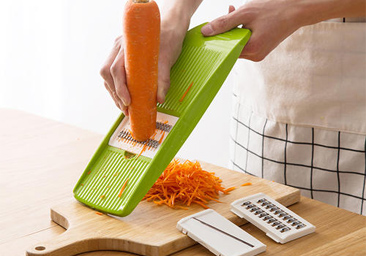
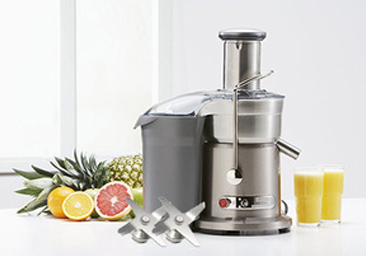
.jpg)

